Explanation of the Liuyuan Garden | Planting·One Flower and One Tree
In previous explanations of the Liuyuan Garden, we have introduced the bonsai flowers and trees in the Liuyuan Garden. According to statistics, there are 41 species of trees, 67 species of shrubs, 11 species of climbing plants, 9 species of ground cover and lawn, 2 species of aquatic plants, and at least 14 species of bamboo in the Liuyuan Garden. These flowers and trees have different forms of arrangement according to the different species, posture, color and fragrance of the plants.
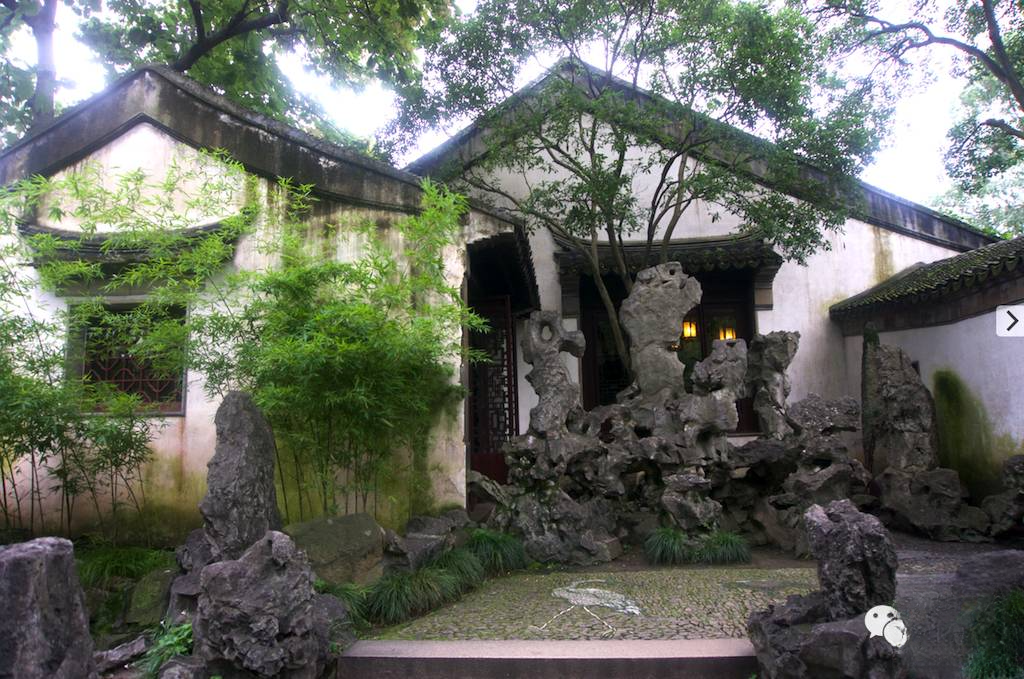
(Ahem, your good friend the popular science guy is online again). First, let me introduce the centralized form of garden planting:
Solitary Plant
Solitary planting is a configuration form that uses trees with particularly beautiful crowns and tree shapes to form a space or the main scenery of the picture. Sometimes, in order to enhance the feeling of luxuriance, 2 or 3 trees of the same species are often planted closely together to form a unit, giving people the feeling of a large tree with many branches.
Cluster Planting
Cluster planting refers to a group of trees from one to more than ten trees, which are combined into an overall structure. Cluster planting can form a very natural plant landscape, and it is an important means of using plants for garden landscaping. Generally, cluster planting can consist of up to 15 trees and shrubs of different sizes (they can also be the same or different species).
Group Planting
Now that we have introduced the concept, let’s take a look at some examples of Liuyuan’s planting techniques.
As a form of plant arrangement that is widely used in classical gardens, solitary planting can better highlight the characteristics of plant application in classical gardens, that is, paying attention to the posture, color, and rhythm of plants, and playing the role of landscape, such as the white pine and white magnolia in the north courtyard of Wufeng Xianguan; the Podocarpus and purple magnolia in the Shilin courtyard; and the ancient tree behind Hanbi Villa, the shape of the entire crown is natural and soft.
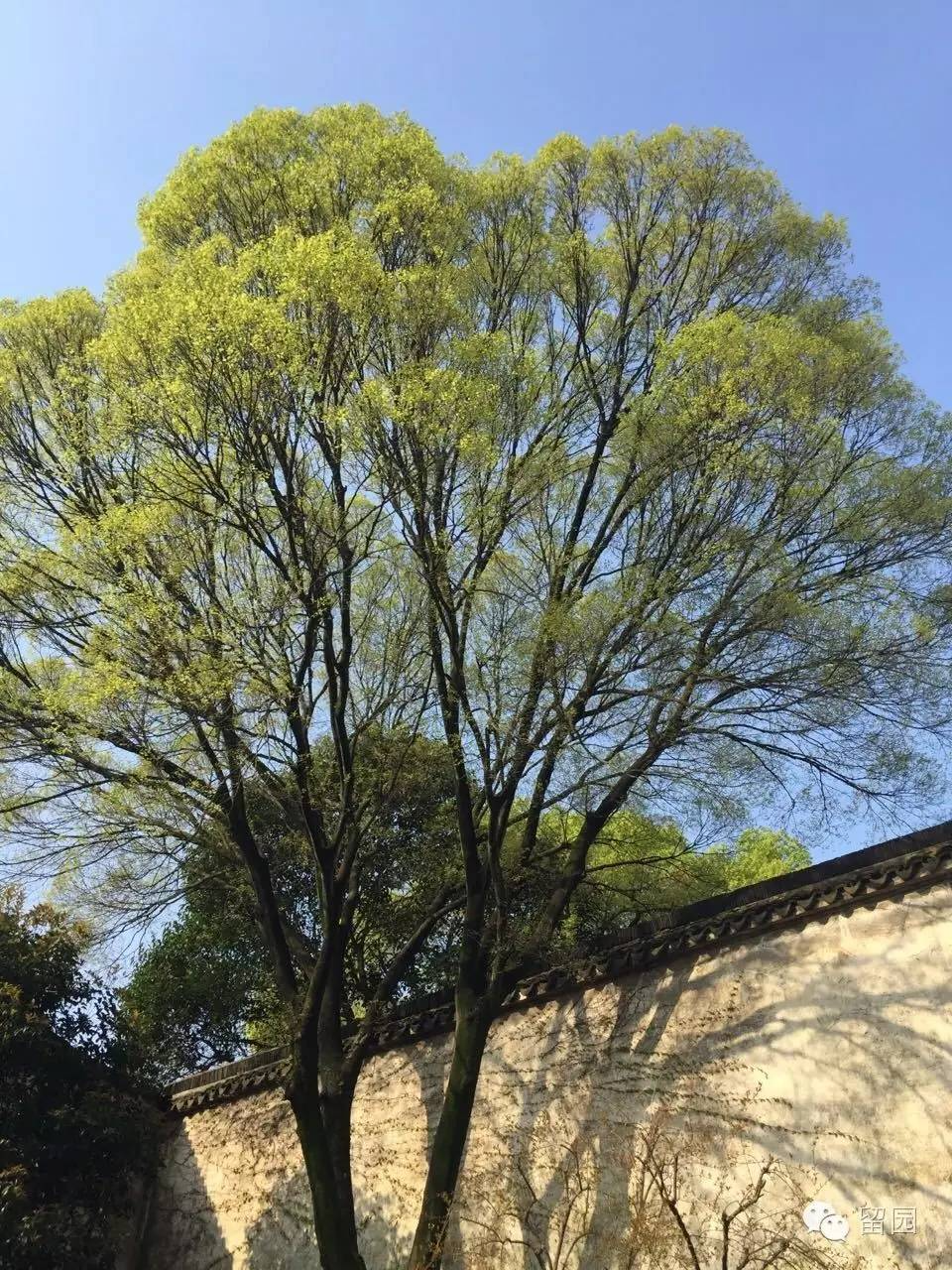
Solitary Plant Case
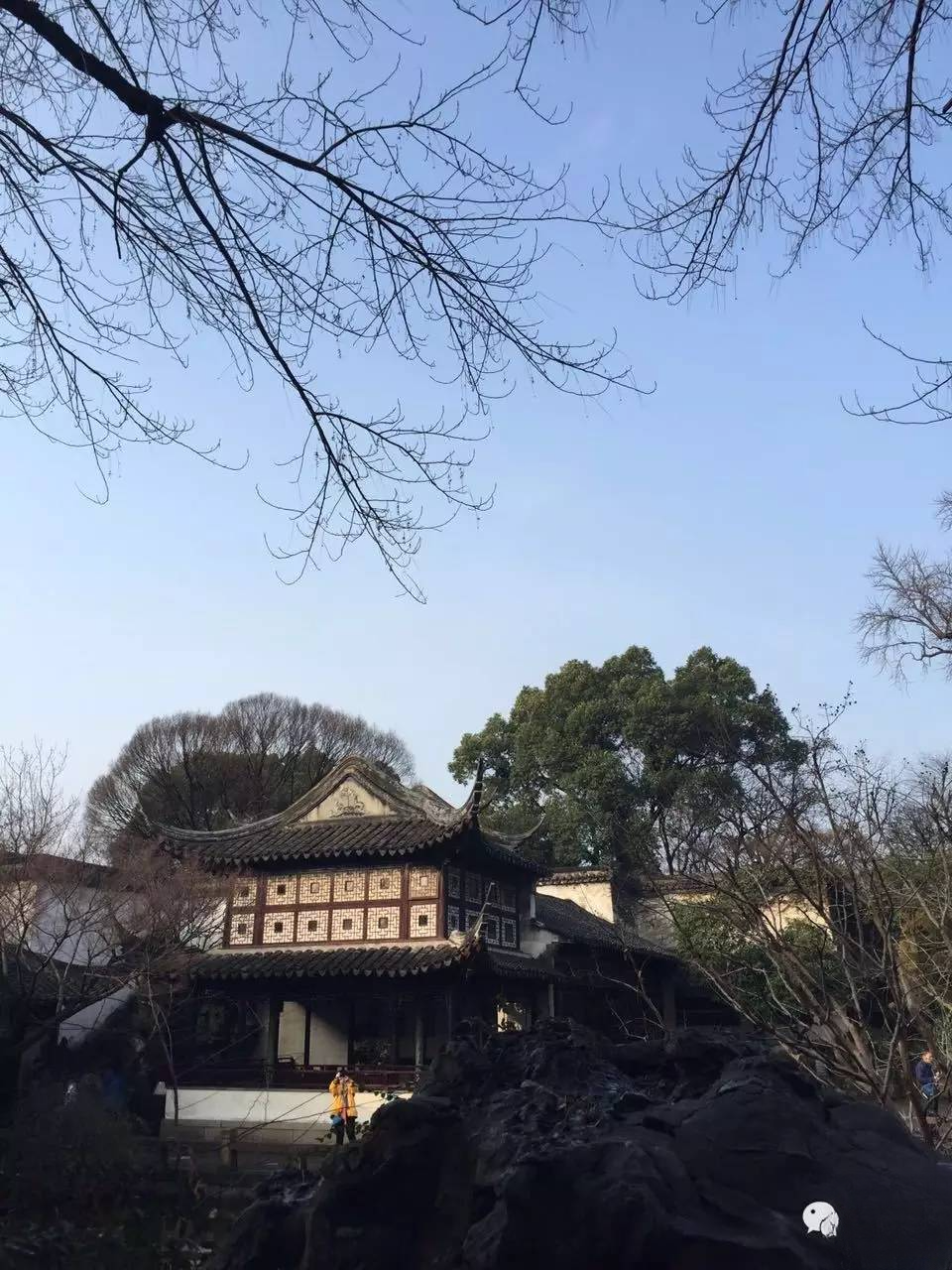
Both group planting and clump planting can become the theme of courtyard scenery. Cluster planting can often show the individual beauty of each plant body, and each single plant in the clump planting can be separated and viewed individually. The tree posture, color, flowers, fruits and other ornamental value are very high. For example, the three ginkgo trees in the middle of the Liuyuan Garden support the entire central visual space, forming a strong mountain forest atmosphere.
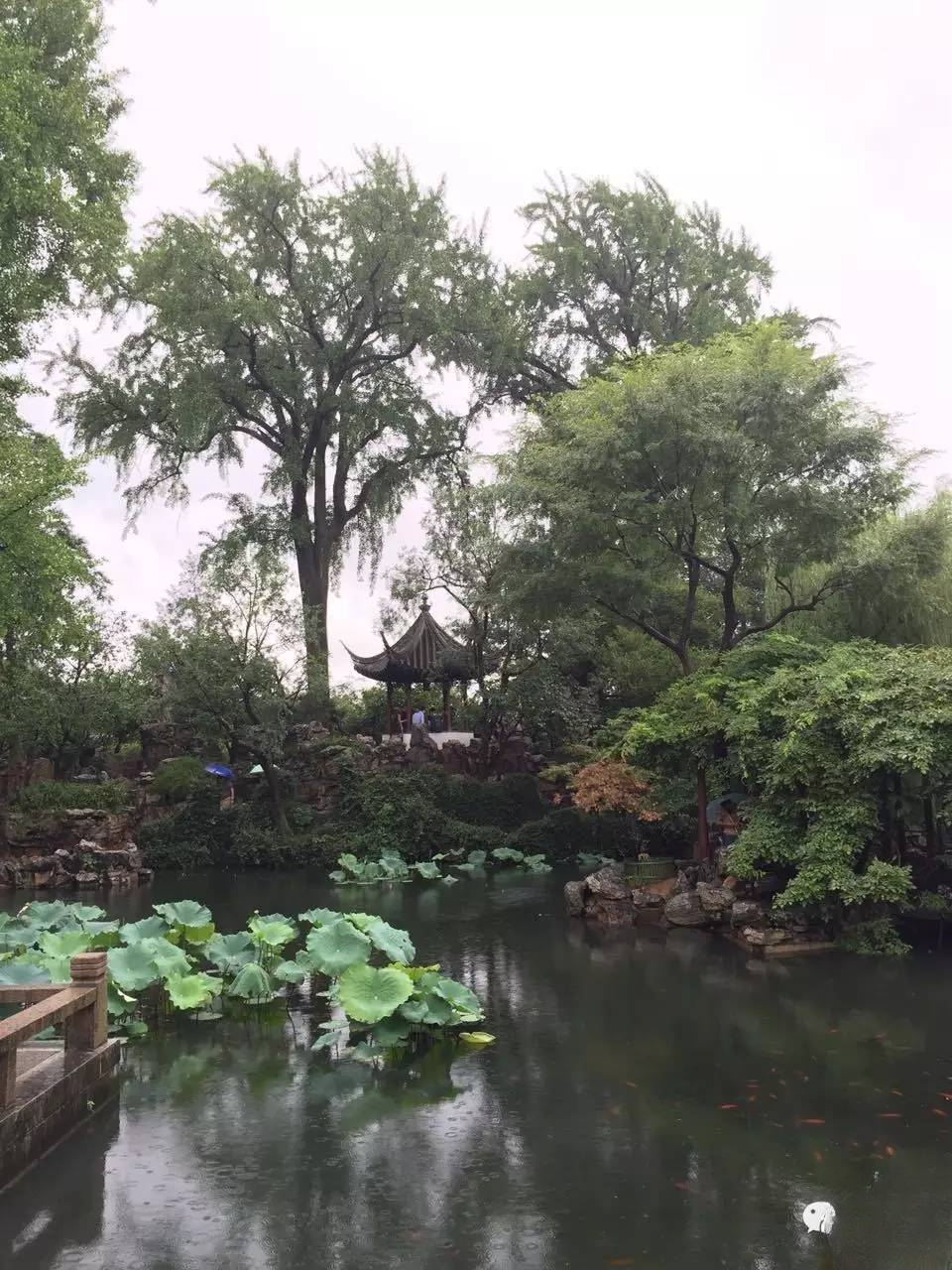
Cluster planting example
For group planting, there is no need to select individual trees one by one, but rather to try to combine them into a perfect whole to show the beauty of the group. For example, there is a fruit forest in another village in the north, where apricot trees, peach trees, and plum trees are widely planted, with grape vines and wisteria trellises. In spring, the garden is full of spring colors and colorful fallen petals. In summer, the green shade provides shade and the garden is full of fruits.

Due to the diverse architectural spaces in the Liuyuan Garden, the plant arrangements also vary. Tall trees are often used in large spaces to form the garden's outline, strengthen the compositional connection between buildings, and divide the space in the garden. These play an important role. For example, a green maple tree in the south of the central pond connects the low Green Shade Pavilion with the tall Mingse Tower.
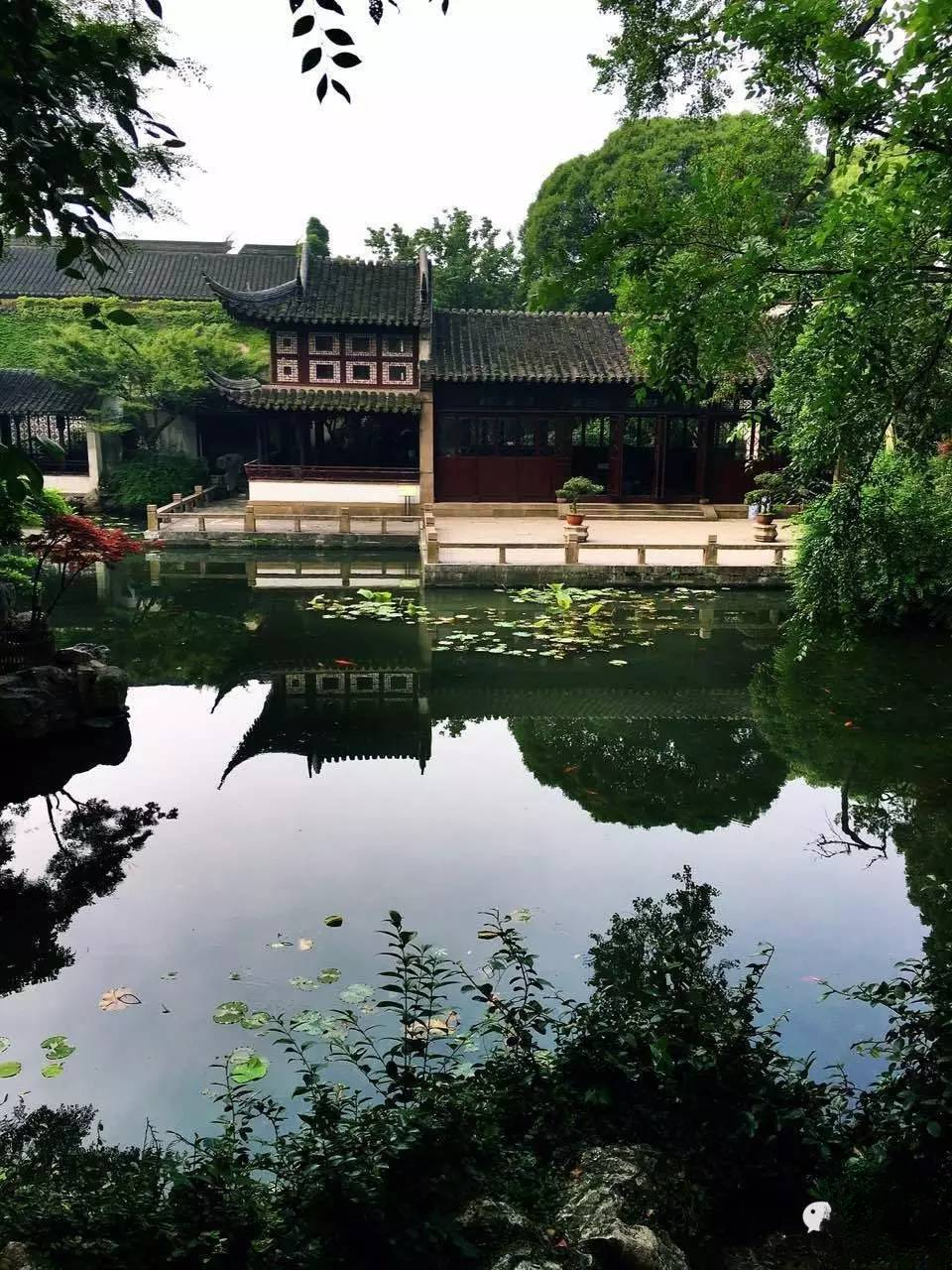
Small spaces are mainly for close viewing, with flowers and trees of good shape, color and fragrance, and sometimes exquisite lake stones, with white walls as the background, forming a variety of pictures. For example, the creeper in the Huabu Xiaozhu courtyard, the peony, wintersweet, dahlia, banana, crape myrtle, podocarpus, hydrangea, white magnolia, scattered bamboo and other plants in the Shilin courtyard, with rich greenery and clear spatial levels.
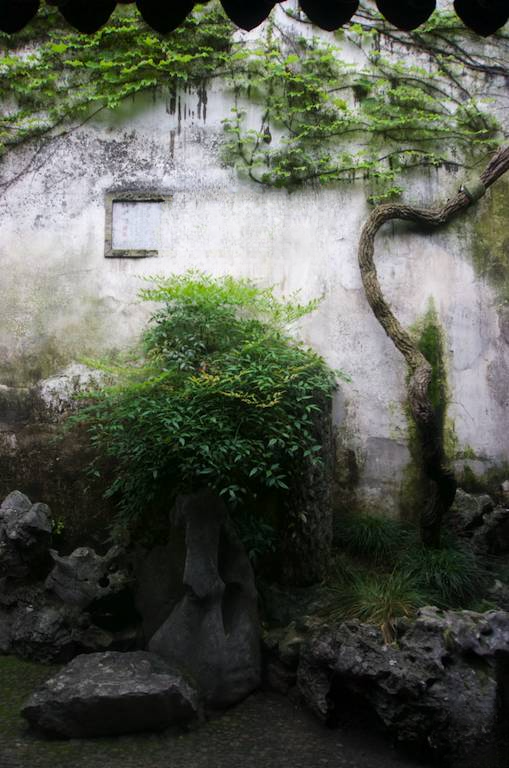
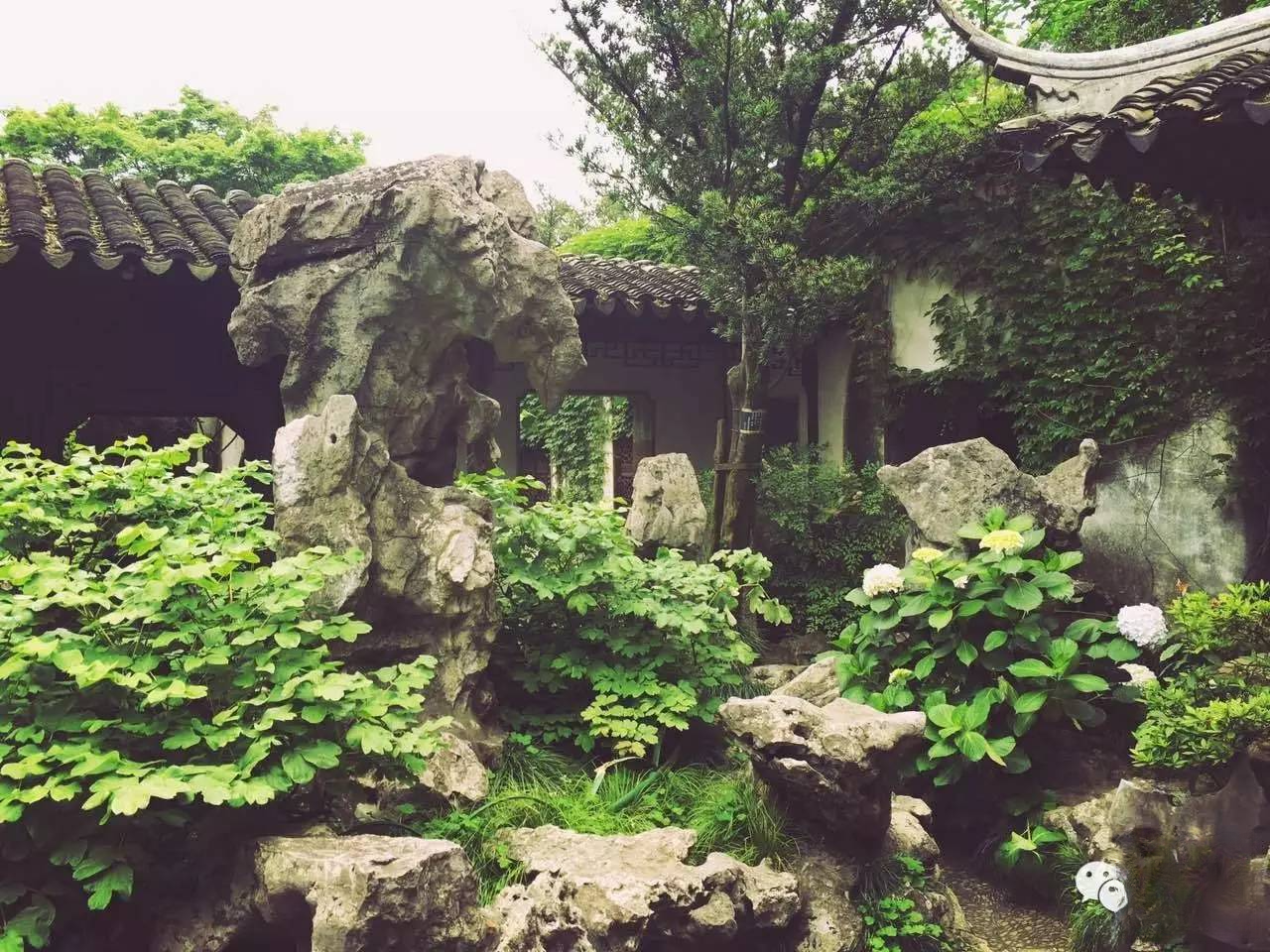
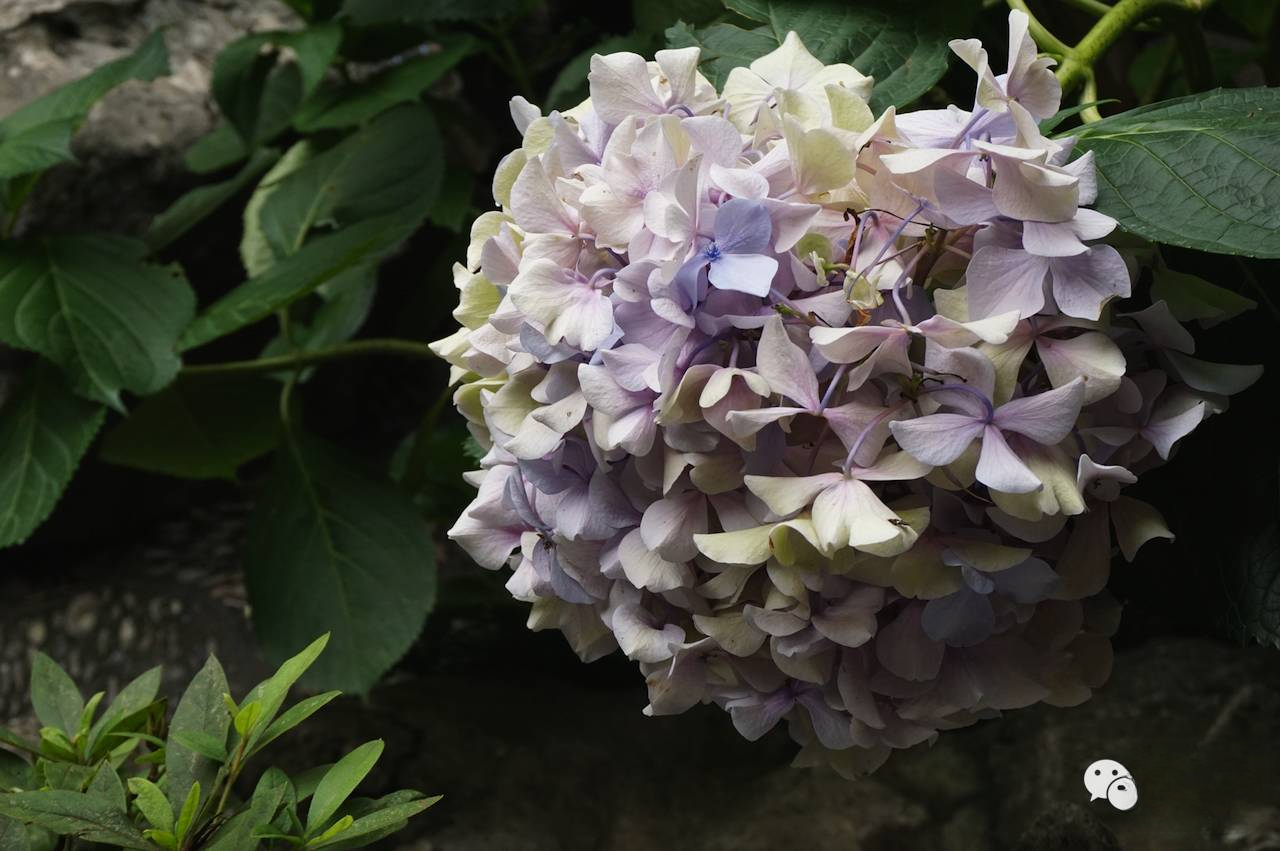
When planting trees in combination with buildings, it is necessary to consider providing shade, fragrance and appreciation, while not affecting the appearance and lighting of the building, as well as the view from inside the building to the outside, such as the maple poplars on the west side of the Quxi Building in the middle. In front of the windows overlooking the outside, there are many flowers and trees with luxuriant branches and leaves, or a clump of banana trees, a few bamboo poles, and half-closed windows, which are looming and full of artistic conception.
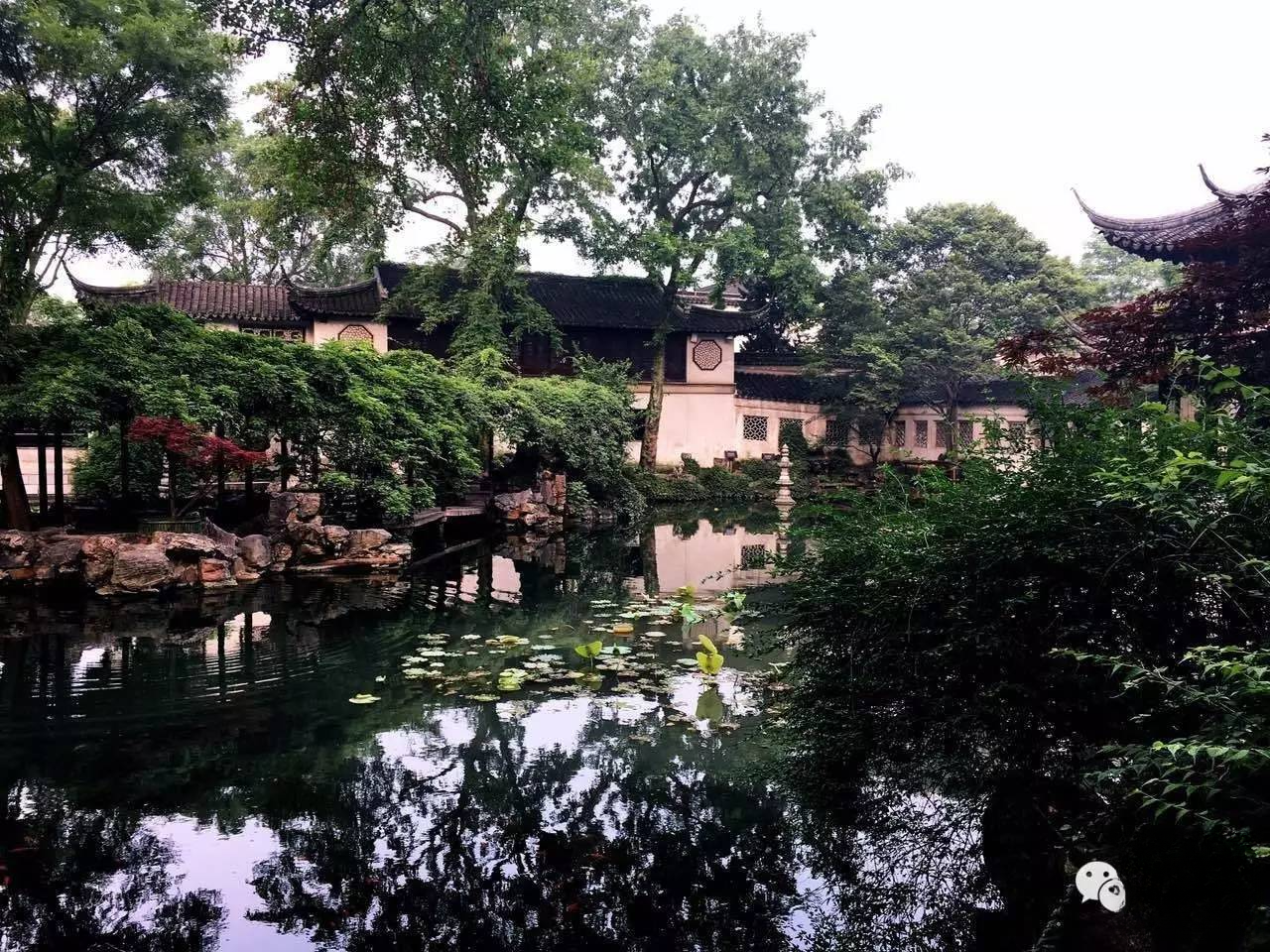
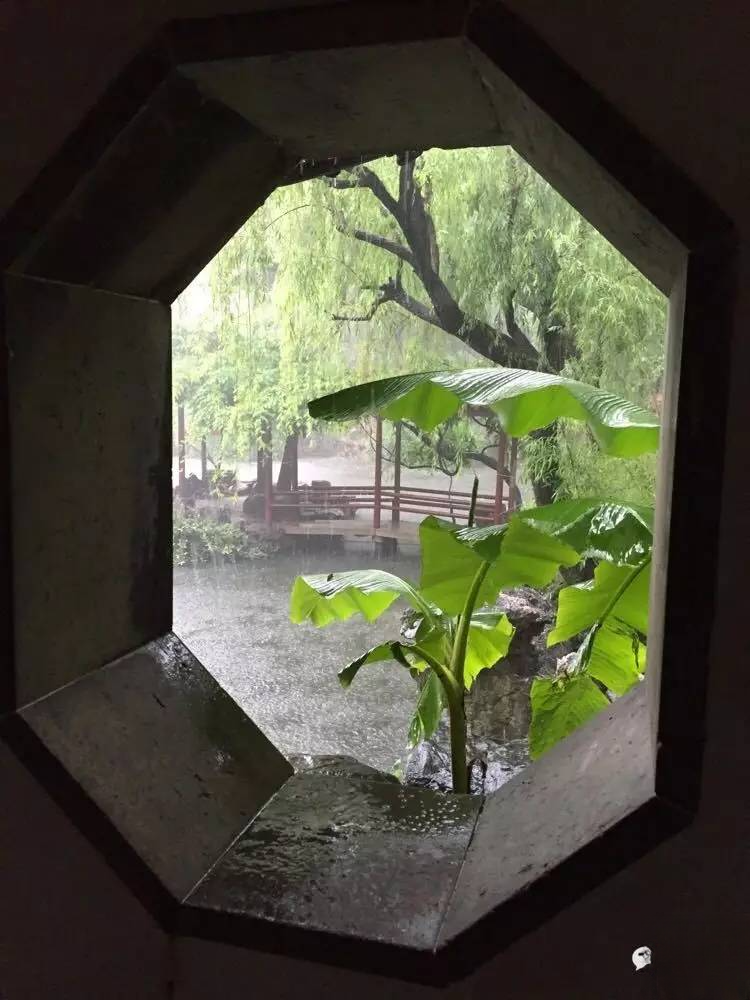
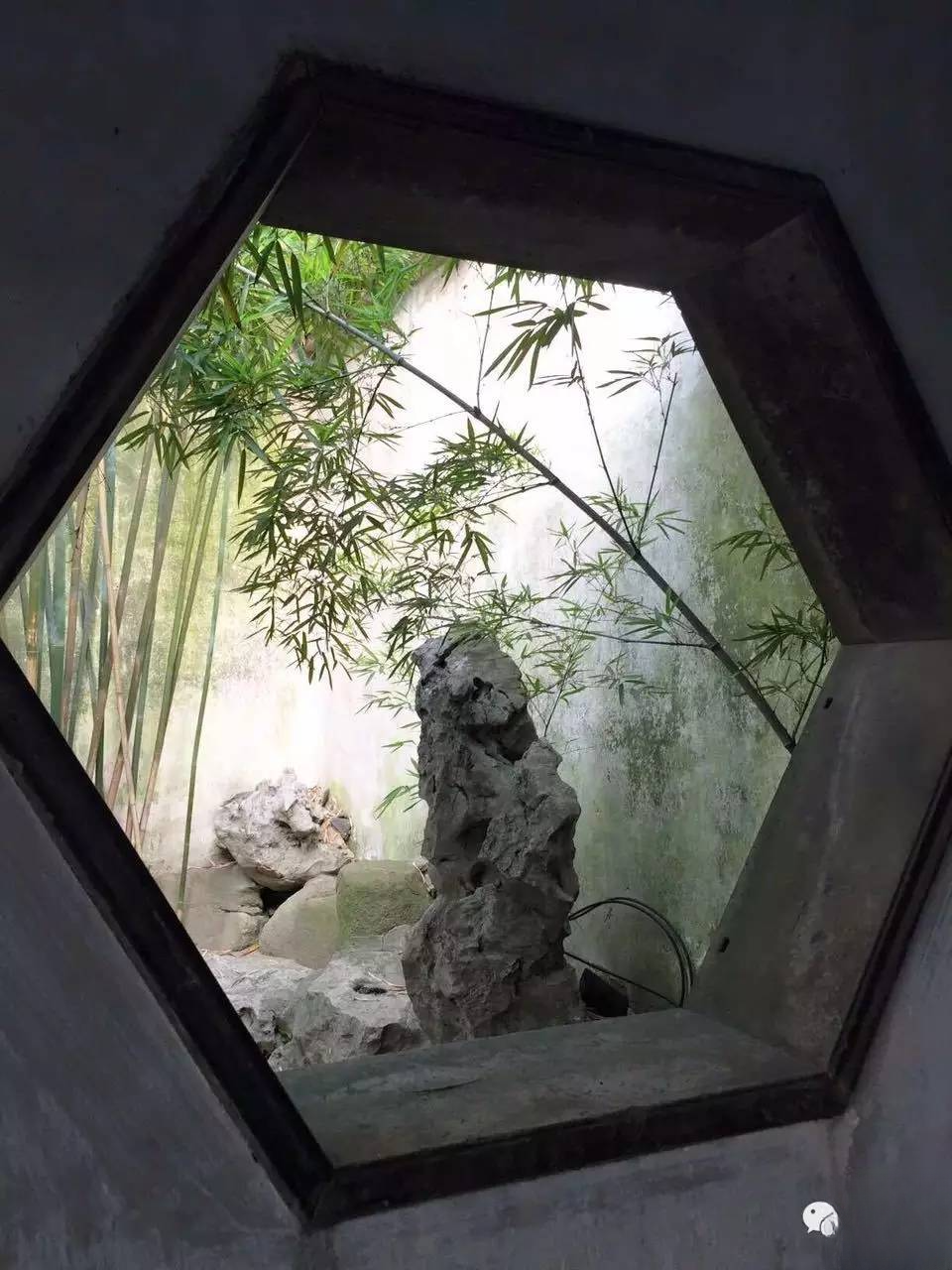
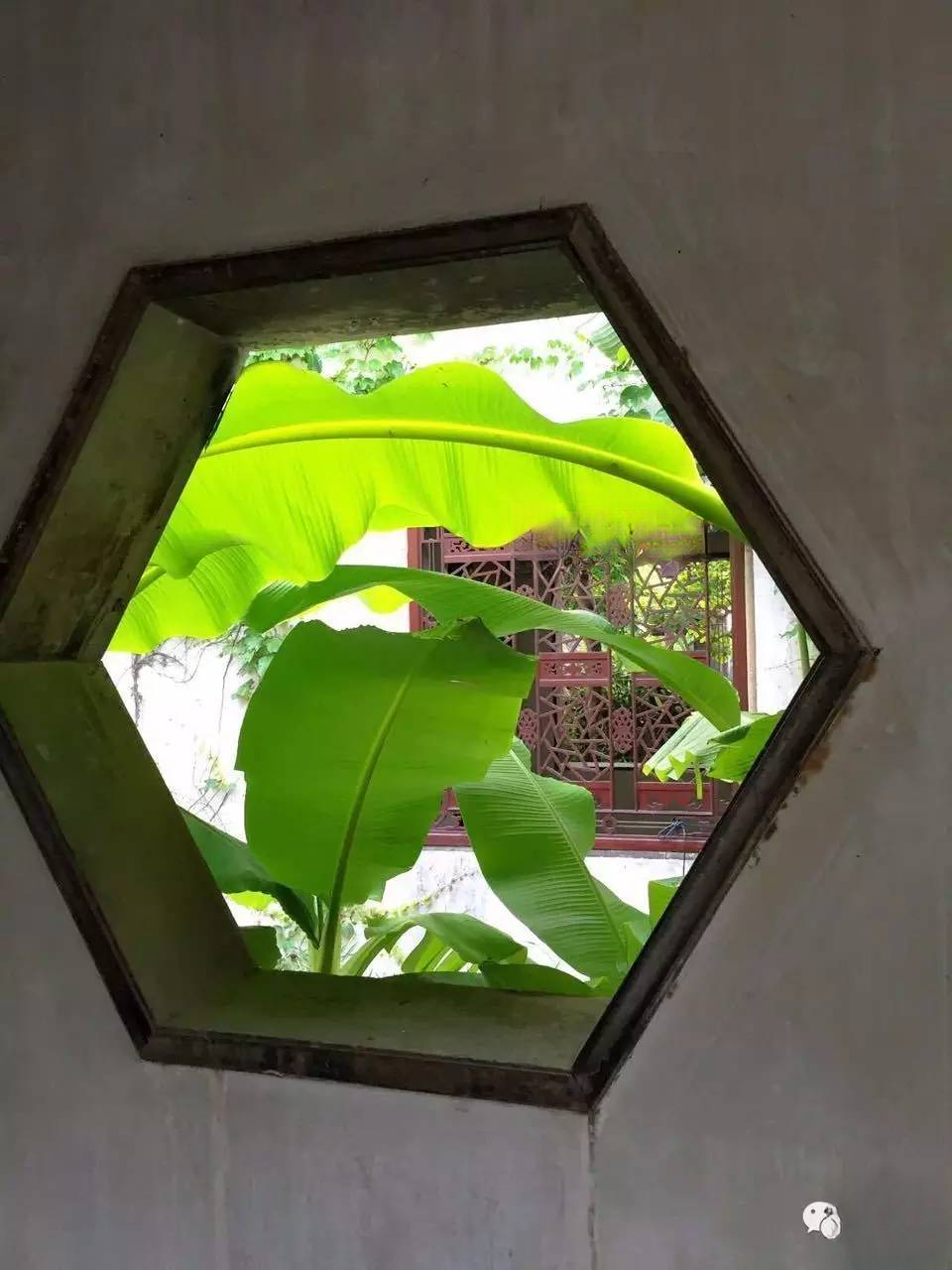
The plants on the mountain are mostly planted in three layers, with taller trees, shorter flowering shrubs and ground cover plants, and attention is paid to the staggered planting of deciduous trees and evergreen trees to form the main body of the mountain forest. For example, the natural effect is particularly prominent in the area of the western earthen hill and the central rockery pavilion.
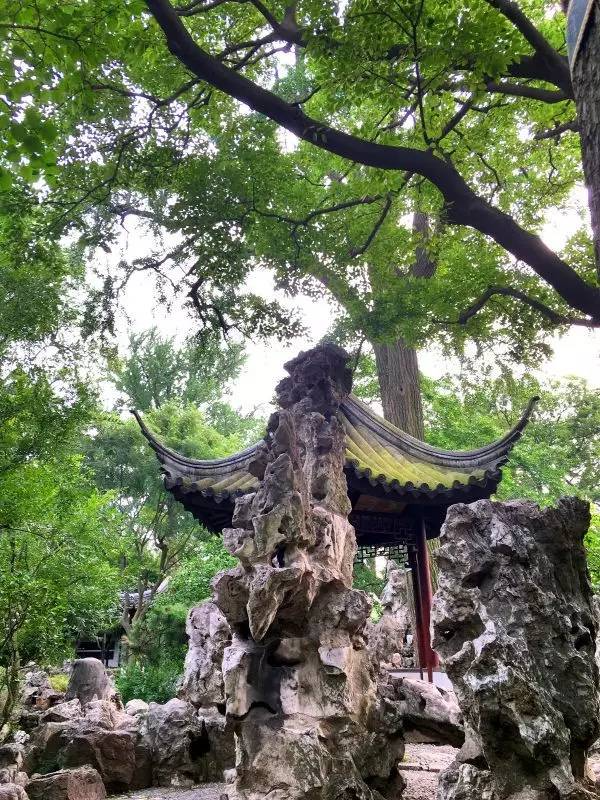
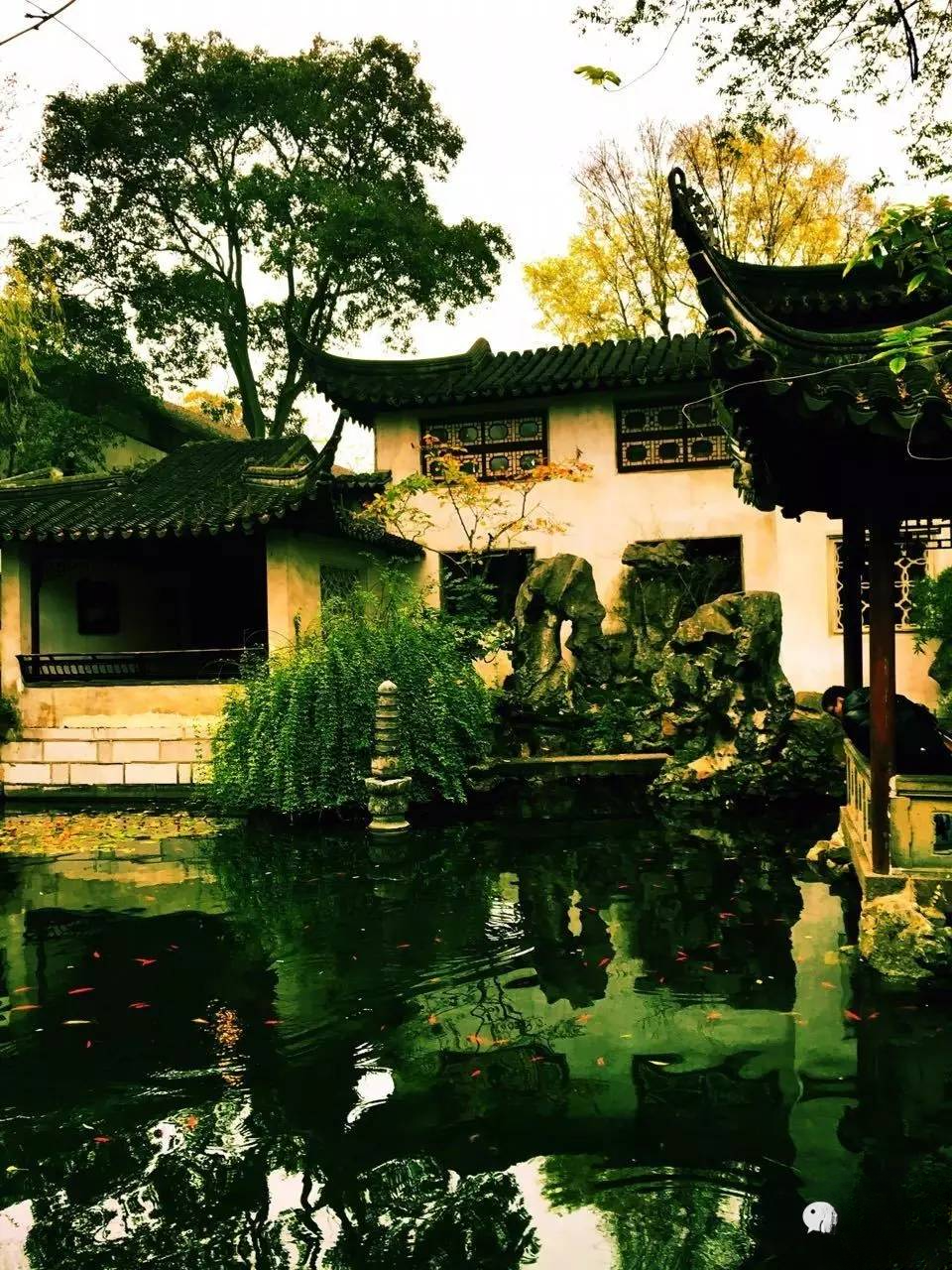
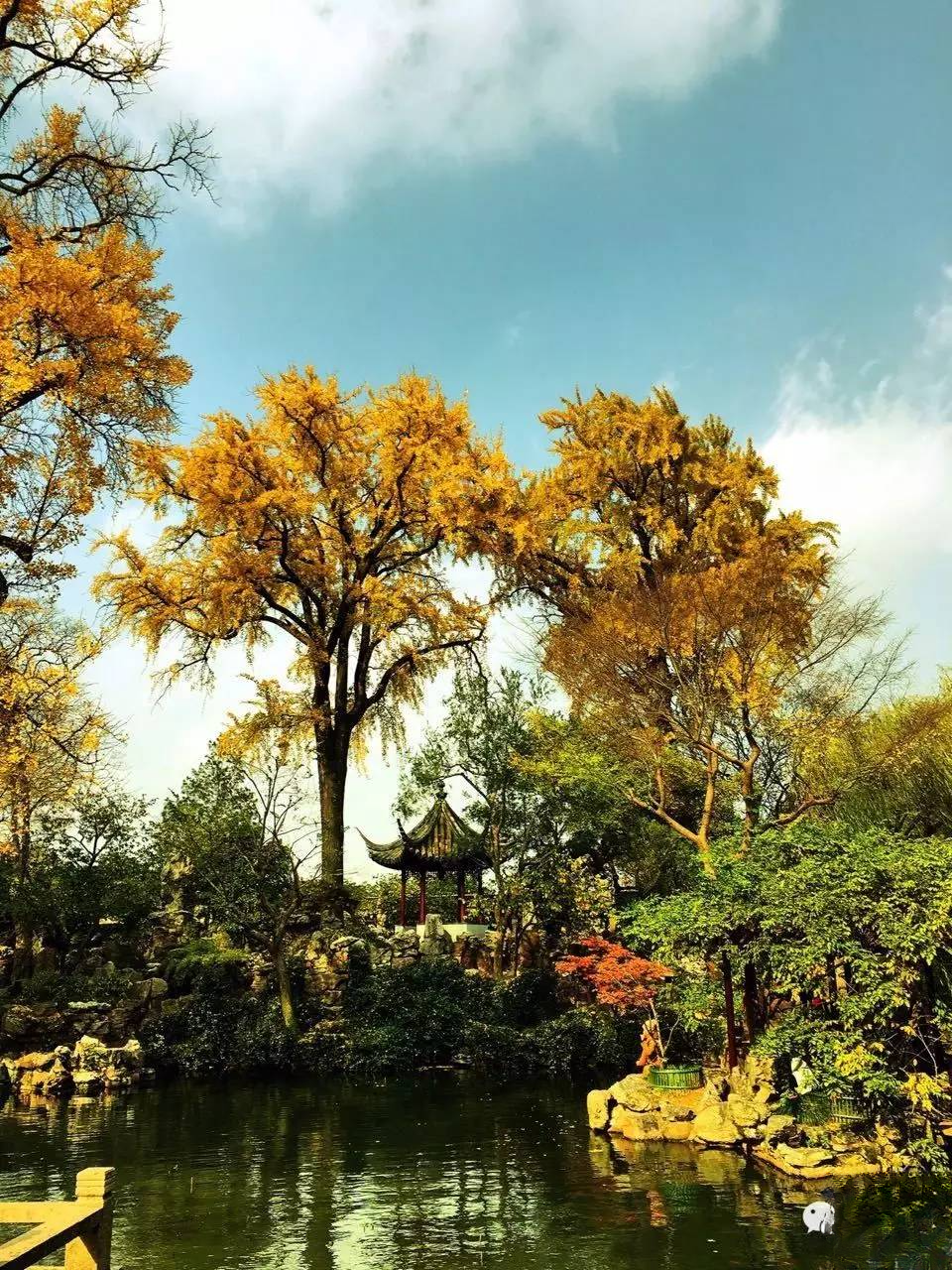
The flowers and trees planted beside the pond are mostly large trees as the backbone, and the crowns of flowering shrubs are natural or tilted outward, forming a beautiful shape and complementing the garden scenery. The pond bank is often planted with drooping Yunnan yellow jasmine, tanchun, kerria, etc., and the stone surface is covered with trachelospermum. The flowers and trees planted along the pond bank and roadside are preferably sparse and appropriate, and a few trees are often planted or a few flowering shrubs are arranged.
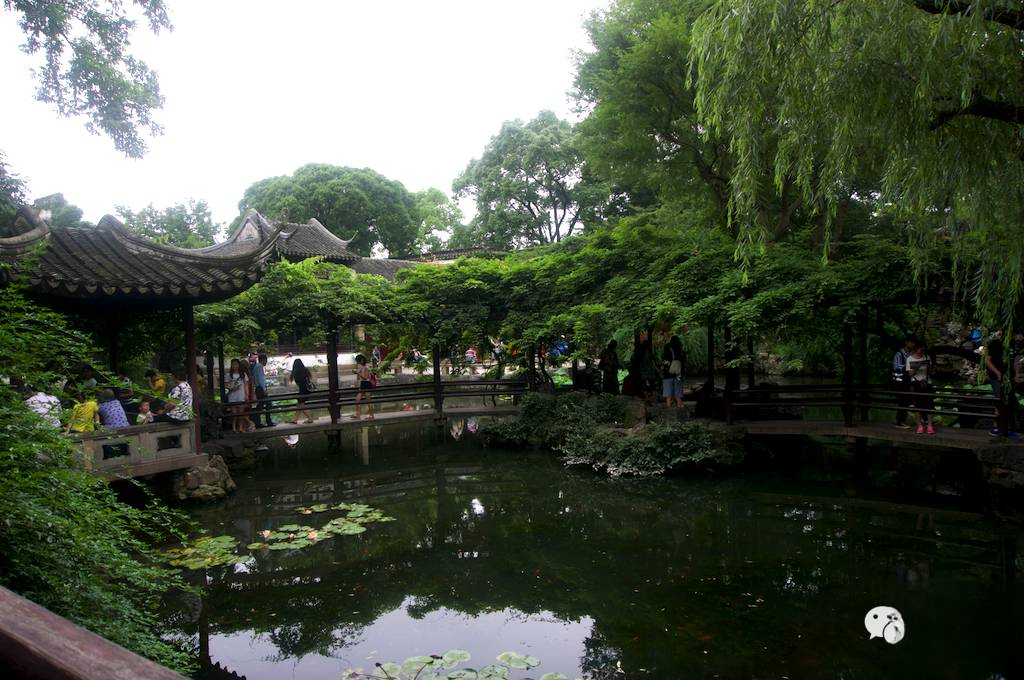
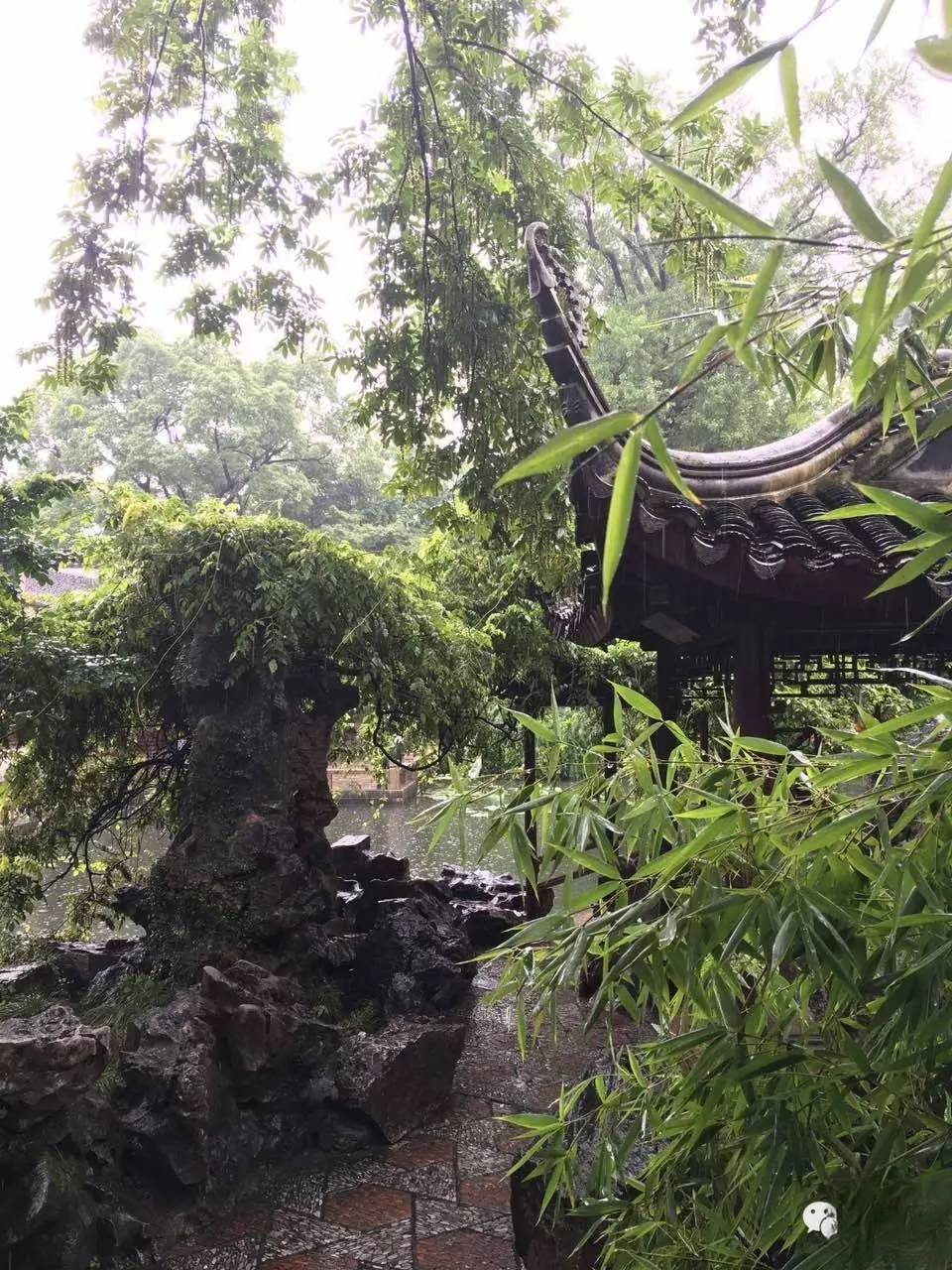
Flowers and trees are important natural resources for garden art. Planting flowers and trees can create a vibrant ecological environment. The graceful postures and natural lines of different flowers and trees enrich the garden and create different landscape styles. Flowers and trees are living landscape structures. From them, we can also feel an abstract and emotional artistic conception.
The craftsmen of Liuyuan Garden pay attention to the posture, color and rhythm of flowers and trees, and at the same time, they can create this beautiful garden according to the different ecological habits of various flowers and trees. I just want to give it a perfect score~ To love gardens is to love every flower, tree, stone and lake~
Related Reviews
Explanation of the Lingering Garden | Flowers in the Lingering Garden and Pu Genfu
ID: ai_garden
Exchange | Reprint | Contribution | Love Garden
Contributions can also be sent to "liuyuan@ncspread.com"~
Please indicate the source of the reprint

New social media